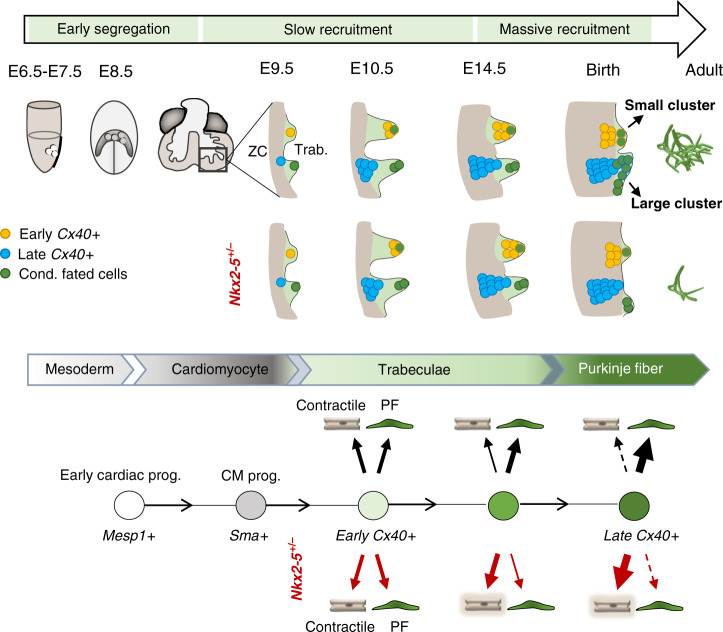Fig. 5. Model of the Purkinje fiber lineage segregation and temporal requirement of Nkx2-5 during PF network morphogenesis.
Scheme showing the contribution of progenitor cells at different developmental stages and their contribution to the PF network. In the gastrulating embryo, Mesp1+ progenitors into the cardiomyocyte lineage (Sma+) contribute to ventricular myocardium. From E7.5, a subset of progenitors is already fated to the conductive lineage (green cells). During trabeculation (Trab.), Cx40+ (yellow) cells contribute to small PF clusters with reduced proliferation building a polyclonal PF network. These Cx40+ cells give rise to both conductive and working lineages and are unaffected by reduced Nkx2-5 dosage. Cells from a highly proliferative progenitor subpopulation (blue) express Cx40 at later stages (from E10.5) as they are incorporated into trabeculae. These cells enter the conductive lineage at late fetal stage in a massive Nkx2-5-dependent recruitment to contribute to ellipsoidal structures of the PF network. In control mice the conductive potency of Cx40+ trabecular progenitors increases with time, whereas in Nkx2-5+/− mice, the conductive potency is progressively lost leading to very rare large clusters and a hypoplastic PF network. ZC compact myocardium.

